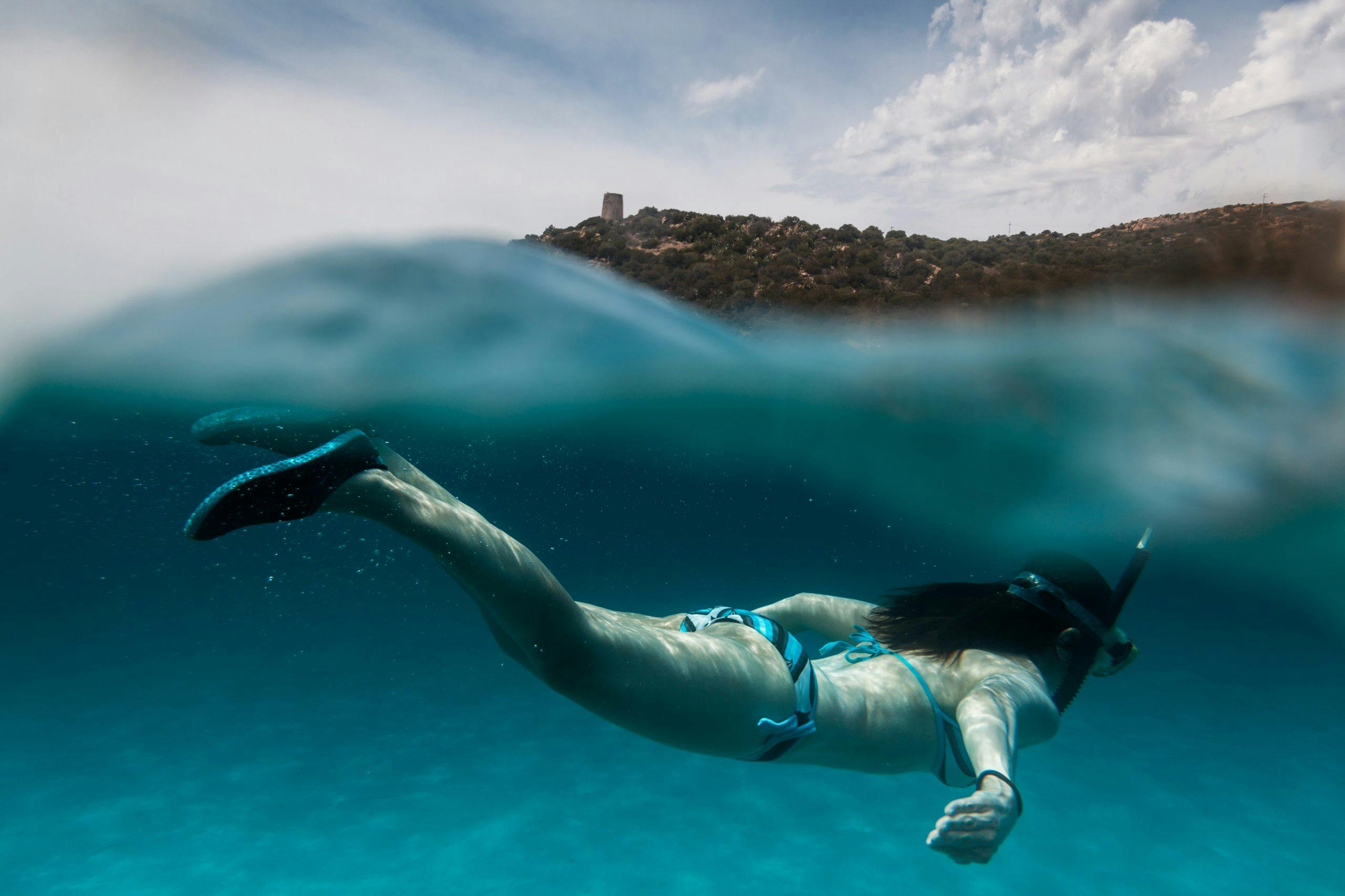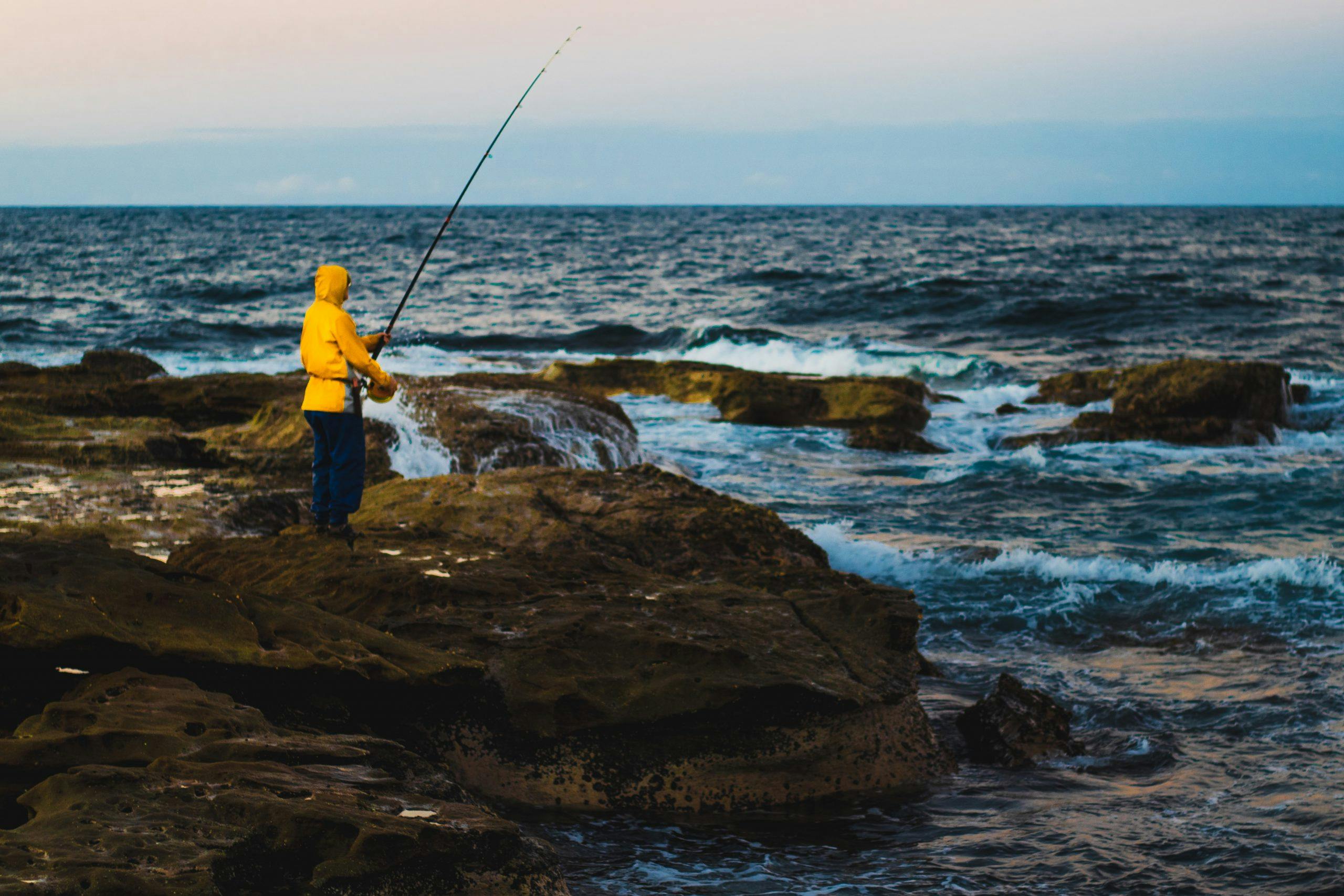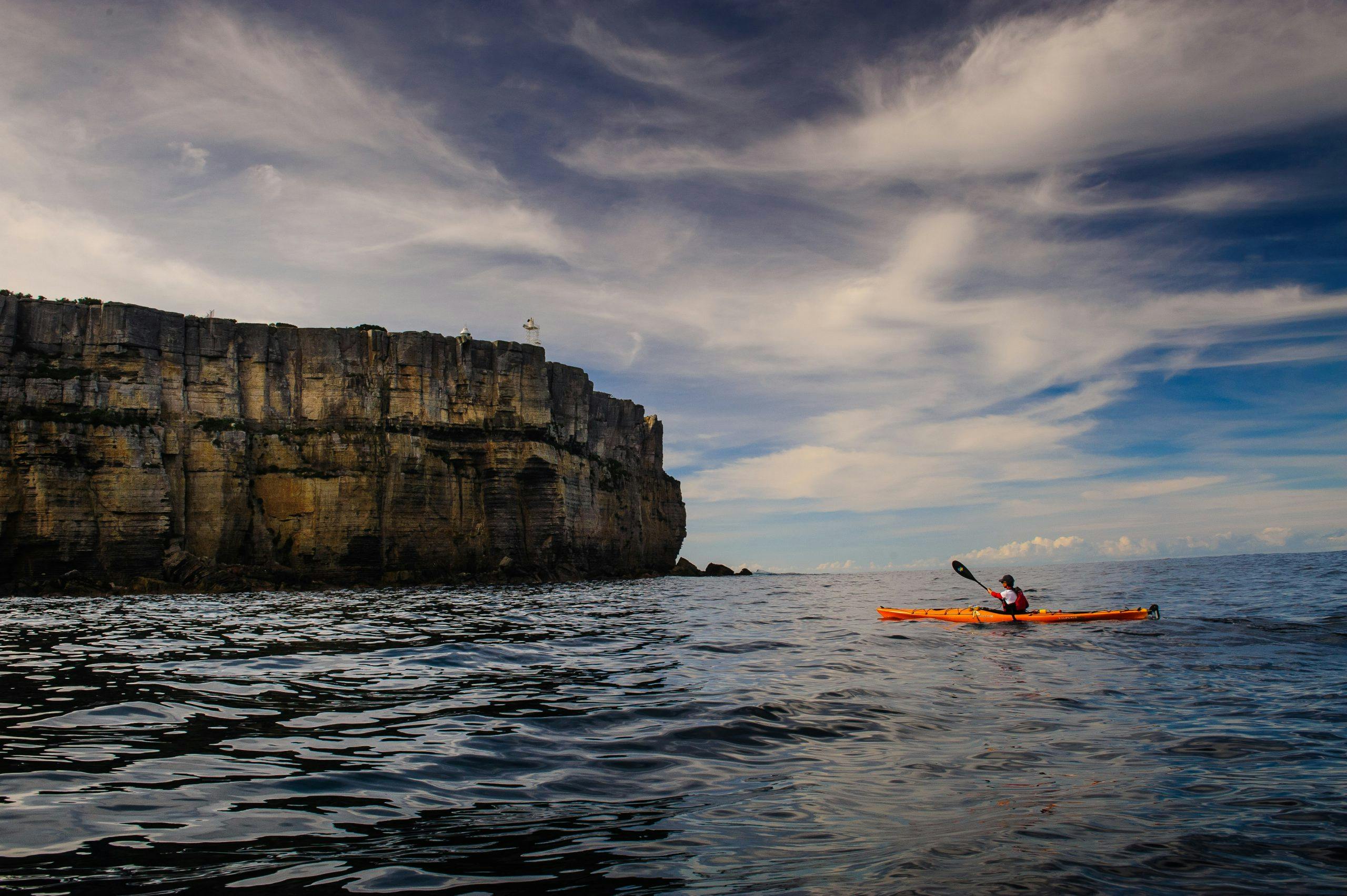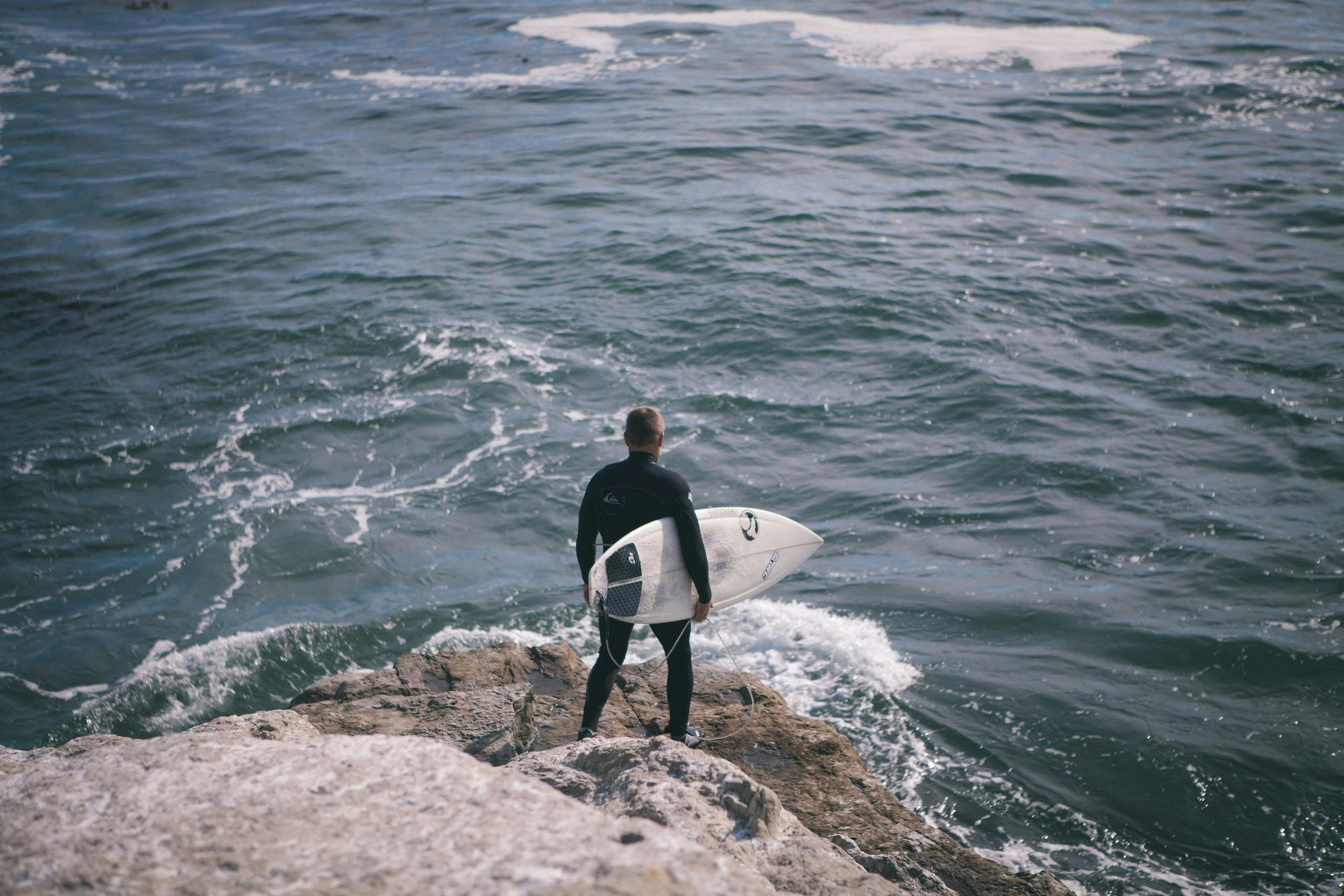They say time and tide wait for no man. But you can wait for the right tide.
Do you have a favourite type of water recreation at the beach?
What you may not know is that certain tides are better than others for specific activities. Tides can vary greatly depending on location and season, which can create extreme tidal levels in an area. You should always abide by, and be aware of, these conditions.
Whether you love swimming, surfing, or anything in between, chances are there is a tide that is just perfect for what you want to do. You can figure out when your ideal tide will occur by learning how to read a tide table. That way, you can plan to arrive at the beach during the best tidal circumstances for you.
If you want to match the perfect tide to your favourite beach activity, read on.

What tide conditions are best for you?
For swimmers, the water is safest during a slack tide, during which the water moves very little. A slack tide happens in the hour preceding or following a high or low tide. Swimmers will also enjoy waves with shorter intervals, which are calmer and less dangerous.
For snorkelers and divers, visibility will be best after high slack tide. This is when the tide has just come in, it’s at its highest, and there is very little tidal current. During this time, the water will be clear enough for you to spot all exciting marine life in the water. In many places, this tide will occur around mid-afternoon.

For surfers, waves are typically good in between high tide and low tide. During high tide, the waves break too close to shore to offer much of a ride. During low tide, uncovered rocks or seaweed may get in the way. Waves with long intervals and large swells are ideal.
For skimboarders, the optimal tide depends on what you want to do with your board. The low tide will be best for those who want to ride their board on the sand, but for those who want to ride waves, a high tide will be better as the waves break closer to shore.
For anglers, the best time to cast out your line is when the tide is moving. Fishing in a falling tide, about two hours before low tide, will often yield great results because this is when fish feed on the insects and plants sucked in by the water. This is especially true in shallow waters like bays and estuaries, which make for strong tides.

For beachcombers, a low tide or falling tide reveals tidal pools and provides the best chances for spotting marine life. Beachcombers will have the most luck about two to three hours before a low tide, or about an hour afterwards. When reading a tide table, look for numbers under zero.
For boaters, high tide is the easiest time to navigate a harbour. Higher waters make it possible to bypass underwater barriers like sand bars, rocks, or reefs. On the other hand, low tide will make it easier for a tall boat to safely travel beneath a bridge.
For paddlers, it will be easiest to paddle with, rather than against, a current. If you are paddling against an incoming or outgoing tide, it may be very difficult for you to make progress. The two hours in the middle of the tide cycle are when the current is strongest.

Different tides offer ample opportunities for water activities of all kinds. However, tides can also put you in danger if you do not know how to stay safe in tidal areas. It’s important to be aware of not only which tides will be best for your desired activity, but also how to avoid getting stranded or caught in one.

